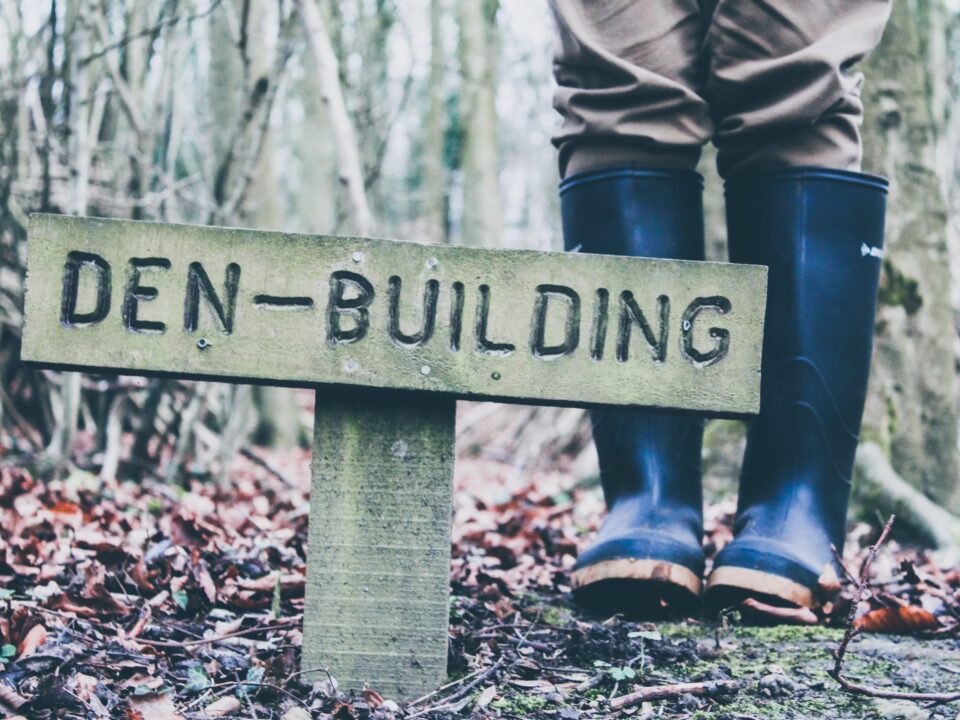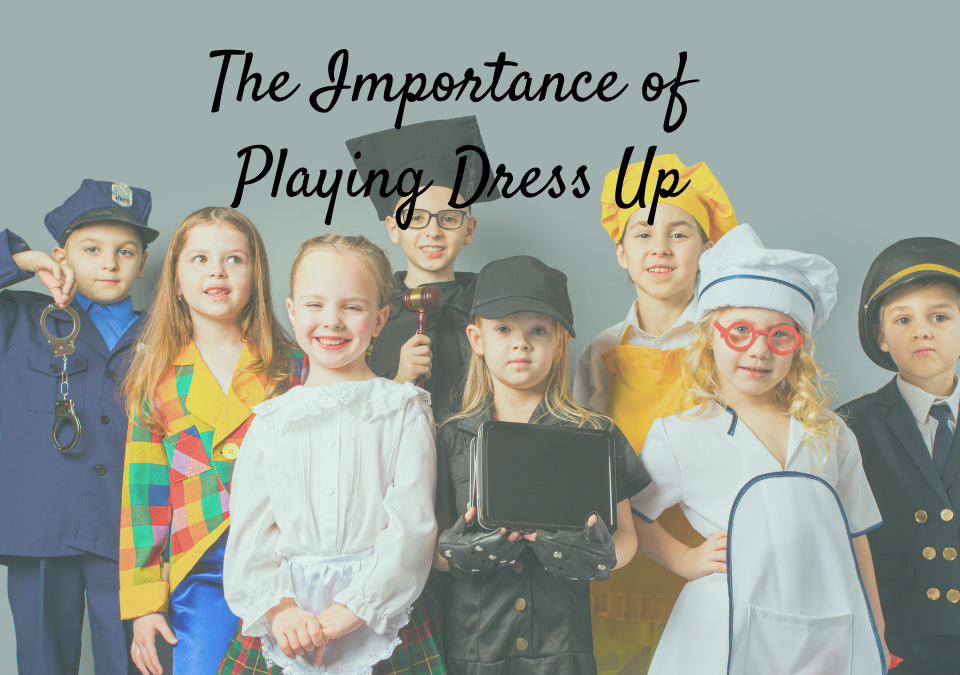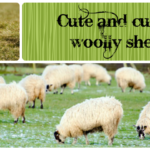
Cute and Cuddly Woolly Sheep
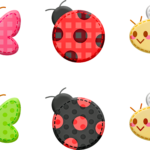
Bugs All a-Round
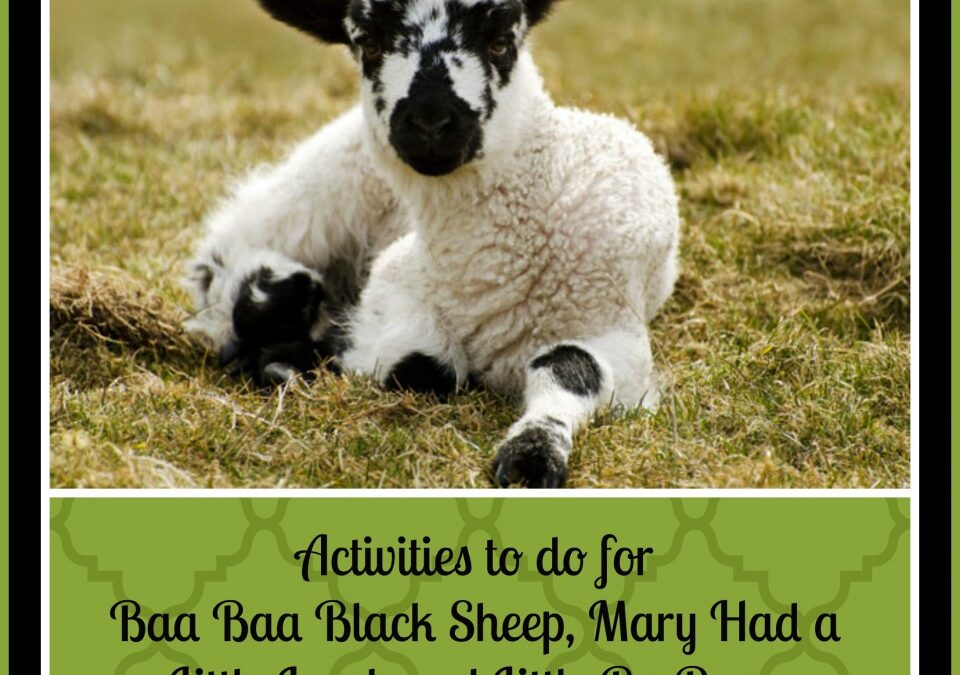
Nursery Rhymes Series Part 3: We have decided to do a series of activity and crafts articles to help you and your toddler make the most of the Nursery Rhymes we all know and love. Here we are looking at the three most common rhymes about sheep: Baa Baa Black Sheep, Mary Had a Little Lamb and Little Bo Peep.
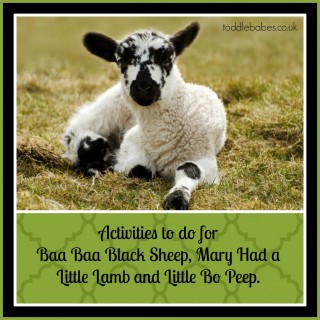
Table of Contents
1. Baa Baa Black Sheep is a sung nursery rhyme. The original form of the tune is used for Twinkle Twinkle Little Star and the Alphabet song.
Here are the original lyrics:
Baa, baa, black sheep,Have you any wool?Yes sir, yes sir,Three bags full.One for the master,One for the dame,And one for the little boyWho lives down the lane.
There is a more modern version which is less well known:
- Baa, baa, black sheep,
- Have you any wool?
- Yes sir, yes sir,
- Three bags full.
- One for your sweater and one for your rug,
- One for your blanket to keep you warm and snug.
Verses have also been written for other animals, such as:
- Cluck, cluck, red hen, have you any eggs?
- Yes sir, yes sir, as many as your legs.
- One for your breakfast and one for your lunch;
- Come back tomorrow and I’ll have another bunch.
- Moo, moo brown cow, have you milk for me?
- Yes sir, yes sir, as tasty as can be.
- Churn it into butter, make it into cheese,
- Freeze it into ice cream or drink it if you please.
- Buzz, buzz busy bee, is your honey sweet?
- Yes sir, yes sir, sweet enough to eat.
- Honey on your muffin, honey on your cake,
- Honey by the spoonful, as much as I can make.
2. “Mary Had a Little Lamb” is an English language nursery rhyme of nineteenth-century American origin.
Here are the original lyrics:
Mary had a little lamb,
little lamb, little lamb,
Mary had a little lamb,
whose fleece was white as snow.
And everywhere that Mary went,
Mary went, Mary went,
and everywhere that Mary went,
the lamb was sure to go.
It followed her to school one day
school one day, school one day,
It followed her to school one day,
which was against the rules.
It made the children laugh and play,
laugh and play, laugh and play,
it made the children laugh and play
to see a lamb at school.
3. ‘Little Bo Peep’ or ‘Little Bo Peep has lost her sheep’ is a popular English language nursery rhyme.
Here are the modern lyrics:
- Little Bo-Peep has lost her sheep,
- And doesn’t know where to find them;
- Leave them alone, And they’ll come home,
- Wagging their tails behind them.
Sheepy Things to make and do:
- Draw an outline of a sheep onto paper. Stick black wool or cotton balls onto the body.
- Print a black hand print onto paper. Turn it upside down so that the fingers form the legs nd head. On the palm area, stick wool/cotton balls.
- Draw a large heart on paper. Stick two oval shapes onto the sides as ears. Do 3 more small hearts and stick them along the top covereing the ‘v’ shape at the top of the large heart, to form the wooly hair of the sheep. Stick curly wool or cotton balls onto the 3 small hearts. Draw the face onto the large heart.
- Dip a few strands of wool into PVA glue. Randonly stick it onto a piece of paper. Use a variety of colours. Makes a fun squiggly picture.
- Cover an entire paper plate in cotton balls. Draw and cut out facial features and glue them onto the plate.
- Talk about and sing other rhymes involving sheep : Little Bo Peep and Mary Had a Little Lamb.
- Go to local farms and feed the sheep, witness shearing or lambing.
- Teach your little on how to knit a scarf. Talk about where the wool comes from.
- Look at sheep in books, or on the internet. What kids are there? Where do they live? What products do we get from sheep?
- Be a detective. Search for things in your home made from wool or using lanolin.
During spring, it is really fun for children to learn about sheep especially since many local farms will have days where they can go and see the new spring lambs. Take advantage of this seasonal occurrence and encourage your child to make their own.
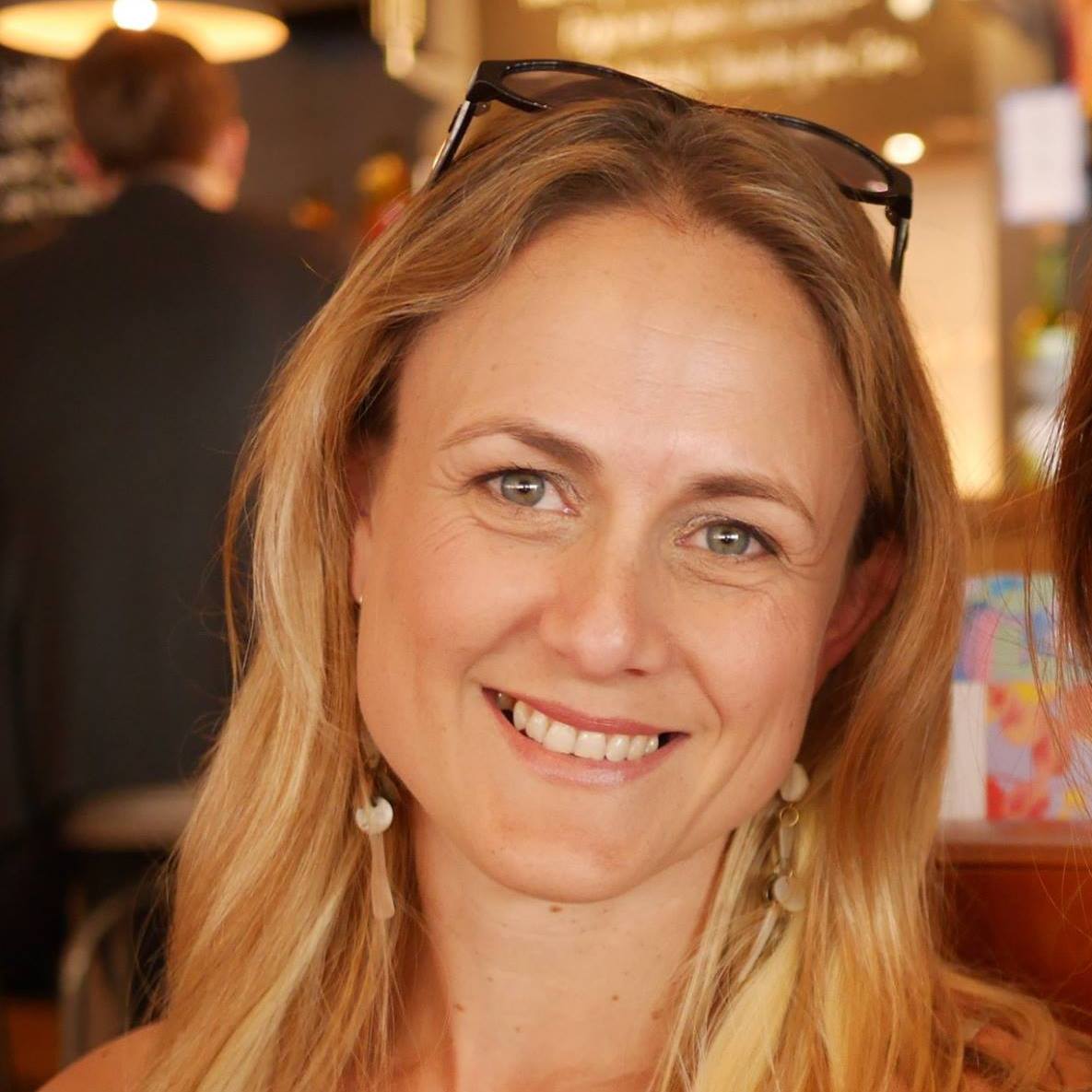
I am a preschool and primary school teacher and mum to 3 children. I have been involved in education since 1997 and have trained in a variety of educational specialist areas. It is with this expertise that I write articles to help parents and educators provide quality learning experiences for the children in their care.


